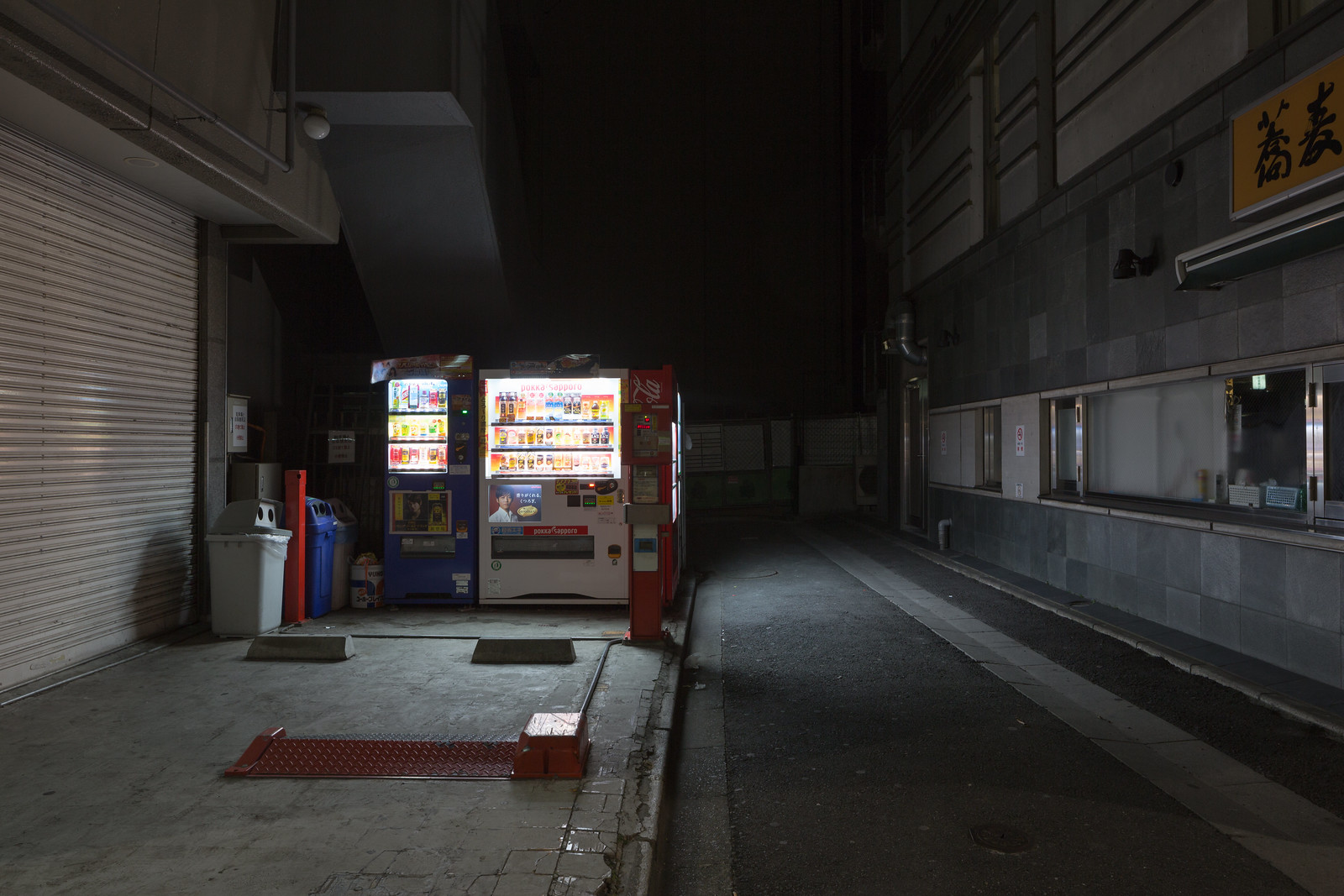Tag: Cities
-

Visiting Japanese Cities
The most challenging portion of my trip to Japan was the time in Tōhoku’s recovering disaster areas, but I spent the majority of my visit in urban Japan. The first half of my trip was structured around Kobe, where I was exhibiting my Isolated Building Studies, and Tokyo served as the base for the second…